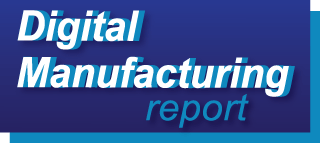January 17, 2014
Engineers Develop Microwindmills to Power Electronics
Engineers at the University of Texas at Arlington have developed a new technology that could come in handy when electronic devices run out of power. Their idea stems from a source of power generation that we are all familiar with; windmills.
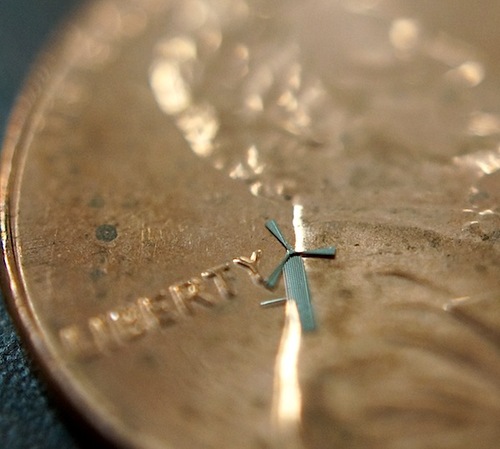 However, these new devices, microwindmills, do not tower over large plots of land. Instead, they measure only 1.8 millimeters wide. According to J.C. Chiao, co-creator and electrical engineering professor at the University of Texas at Arlington, the microwindmills are so tiny that 2,040 of them could fit on an iPhone 4.
However, these new devices, microwindmills, do not tower over large plots of land. Instead, they measure only 1.8 millimeters wide. According to J.C. Chiao, co-creator and electrical engineering professor at the University of Texas at Arlington, the microwindmills are so tiny that 2,040 of them could fit on an iPhone 4.
Smitha Rao, university research associate and designer of the microwindmill, hopes that smartphones and other electronic devices will one day be able to utilize the devices. If you’re out on business and your smartphone runs out of power, you could be in a tough spot. Rao and Chiao believe that their device could help to alleviate that situation and others altogether.
“Imagine that they can be cheaply made on the surfaces of portable electronics,” Chiao says. “So you can place them on a sleeve for your smartphone. When the phone is out of battery power, all you need to do is to put on the sleeve, wave the phone in the air for a few minutes and you can use the phone again.”
To create the 3D microelectromechanical systems (MEMs) that make up the microwindmills, Rao took ideas that are used in Japanese origami. However, instead of using paper, she created the MEMs out of flat nickel alloy pieces.
“The problem most MEMS designers have is that materials are too brittle,” Rao said. “With the nickel alloy, we don’t have that same issue. They’re very, very durable.”
Last September, tests were conducted on the alloy pieces and they were able to withstand the winds.
While these types of tests and others have been conducted on the microwindmills, no one has commented on whether or not they are able to generate electricity. The engineers hope that they will not only be able to power electronics some day, but buildings too.
RSS Feeds
Feeds by Content Type
Subscribe to All Content
January 31, 2014
January 29, 2014
January 28, 2014
January 27, 2014
January 23, 2014
January 22, 2014
January 21, 2014
January 17, 2014
- Kalypso and DataSquare Merge to Serve Demand for PLM
- CoroWare Announces Partnership with FRST to Deliver Unmanned Systems
January 16, 2014
- 3D Printed Architecture Projects on Display at 3D Printer World Expo
- Rainbow Coral to Enter 3D Bioprinting Market
January 15, 2014
January 14, 2014
January 13, 2014
- 3D Systems Unveils New 3D Printing Products at CES
- InventorCAM Exhibited at Autodesk University
- Research and Markets Adds New 3D Printing Report to Offering
January 09, 2014
January 08, 2014
Most Read Features
Most Read Off the Wire
Most Read Blogs
Feature Articles
Titan Puts a New Spin on GE’s Wind Turbine Research
Unlike traditional energy sources, wind is a trouble to tame, which has led GE to turn to advanced simulations at Oak Ridge National Laboratory to put the technology on track to cover 12 percent of the world's energy production.
Read more...
Obama Brings Electronics Manufacturing Hub to NC
 During today’s visit to Raleigh, North Carolina, President Obama came to North Carolina State University to announce the next manufacturing innovation institute. The “Next Generation Power Electronics Innovation Institute” will bring together six universities and 18 private-sector companies throughout the region to further drive research in next-generation power electronics.
During today’s visit to Raleigh, North Carolina, President Obama came to North Carolina State University to announce the next manufacturing innovation institute. The “Next Generation Power Electronics Innovation Institute” will bring together six universities and 18 private-sector companies throughout the region to further drive research in next-generation power electronics.
Read more...
Engineers Look to Supercomputing to Find Platinum 2.0
 As a part of President Obama's Material's Genome Initiative, many researchers have set their sights on developing materials the likes of which we've never seen. But engineers at Duke University are using supercomputers to back a materials project that aims to do just the opposite: find a metal that performs like platinum, but at a lower cost.
As a part of President Obama's Material's Genome Initiative, many researchers have set their sights on developing materials the likes of which we've never seen. But engineers at Duke University are using supercomputers to back a materials project that aims to do just the opposite: find a metal that performs like platinum, but at a lower cost.
Read more...
Short Takes
Local Motors and ORNL Partner for Automotive Manufacturing
Jan 24, 2014 |
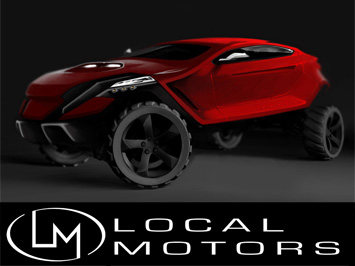 Local Motors, a vehicle innovator, and the U.S. Department of Energy’s Oak Ridge National Laboratory (ORNL) have announced a new partnership that they hope will bring change to the automotive industry.
Local Motors, a vehicle innovator, and the U.S. Department of Energy’s Oak Ridge National Laboratory (ORNL) have announced a new partnership that they hope will bring change to the automotive industry.
Read more...
Robots Showcase Skills at DRC
Jan 22, 2014 |
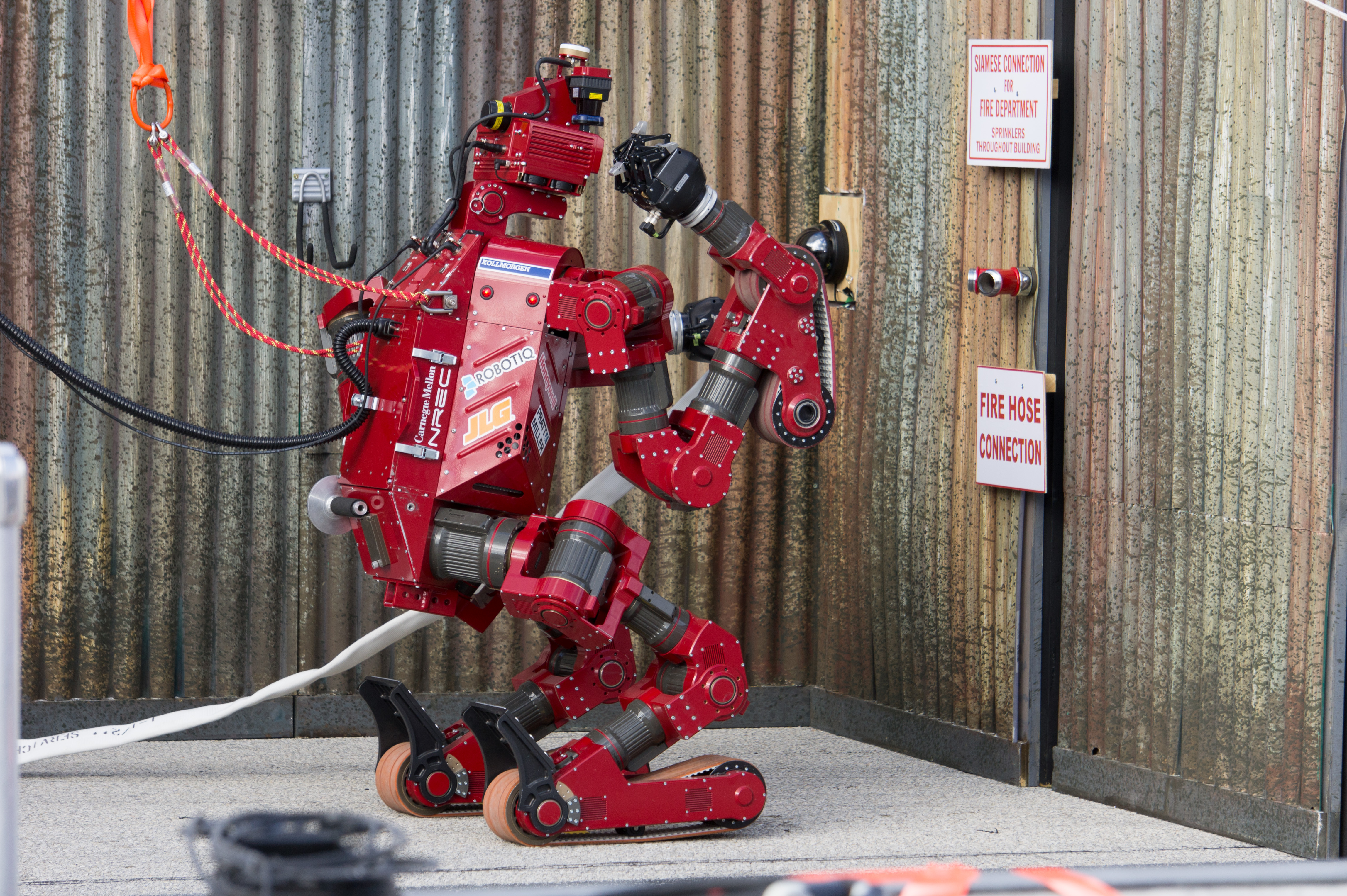 A month ago, the DARPA Robotics Challenge Trials (DRC) commenced. The main goal of the event was to aid in the development of robots that will someday respond to natural or even man-made disasters. At this year’s DRC, prototype robots from 16 teams were put through a series of trials in which they were to showcase their skills.
A month ago, the DARPA Robotics Challenge Trials (DRC) commenced. The main goal of the event was to aid in the development of robots that will someday respond to natural or even man-made disasters. At this year’s DRC, prototype robots from 16 teams were put through a series of trials in which they were to showcase their skills.
Read more...
Engineers Develop Microwindmills to Power Electronics
Jan 17, 2014 |
 Engineers at the University of Texas at Arlington have developed a new technology that could come in handy when electronic devices run out of power. Their idea stems from a source of power generation that we are all familiar with; windmills.
Engineers at the University of Texas at Arlington have developed a new technology that could come in handy when electronic devices run out of power. Their idea stems from a source of power generation that we are all familiar with; windmills.
Read more...
Nike 3D Prints Super Bowl Cleat
Jan 15, 2014 |
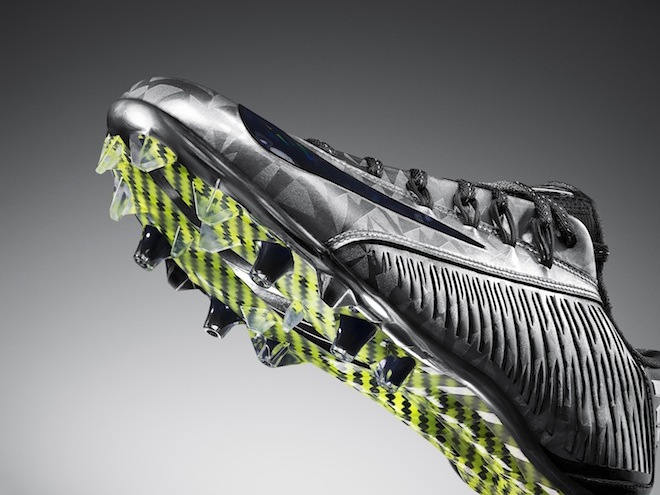 With the NFL playoffs drawing to a close, the four final teams are willing to do whatever it takes to defeat their opponent and make it to the Super Bowl. While the players on these teams are some of the best athletes in the world, at some point they must...
With the NFL playoffs drawing to a close, the four final teams are willing to do whatever it takes to defeat their opponent and make it to the Super Bowl. While the players on these teams are some of the best athletes in the world, at some point they must...
Read more...
Autonomous Vehicles to Utilize NVIDIA’s Tegra K1
Jan 09, 2014 |
 At the Consumer Electronics Show (CES) taking place in Las Vegas, Nevada, NVIDIA announced that it’s Tegra K1 mobile processor will be used in autonomous cars of the future. Currently being utilized by the world’s top ten energy-efficient computers, the Tegra K1 has already gained attention in the HPC community.
At the Consumer Electronics Show (CES) taking place in Las Vegas, Nevada, NVIDIA announced that it’s Tegra K1 mobile processor will be used in autonomous cars of the future. Currently being utilized by the world’s top ten energy-efficient computers, the Tegra K1 has already gained attention in the HPC community.
Read more...
Sponsored Whitepapers
Technical Computing for a New Era
07/30/2013 | IBM | This white paper examines various means of adapting technical computing tools to accelerate product and services innovation across a range of commercial industries such as manufacturing, financial services, energy, healthcare, entertainment and retail. No longer is technically advanced computing limited to the confines of big government labs and academic centers. Today it is available to a wide range of organizations seeking a competitive edge.
The UberCloud HPC Experiment: Compendium of Case Studies
06/25/2013 | Intel | The UberCloud HPC Experiment has achieved the volunteer participation of 500 organizations and individuals from 48 countries with the aim of exploring the end-to-end process employed by digital manufacturing engineers to access and use remote computing resources in HPC centers and in the cloud. This Compendium of 25 case studies is an invaluable resource for engineers, managers and executives who believe in the strategic importance of applying advanced technologies to help drive their organization’s productivity to perceptible new levels.

Featured Events

- April 13, 2014
- April 16, 2014
2014 Spring Simulation Multi-Conference (SpringSim'14)
Tampa, FL
United States

- May 6, 2014
- May 08, 2014
Manufacturing 4 the Future (Mfg4)
Hartford, CT
United States
Copyright © 2011-2014 Tabor Communications, Inc. All Rights Reserved.
Digital Manufacturing Report is a registered trademark of Tabor Communications, Inc. Use of this site is governed by our Terms of Use and Privacy Policy.
Reproduction in whole or in part in any form or medium without express written permission of Tabor Communications Inc. is prohibited.
Powered by Xtenit.

